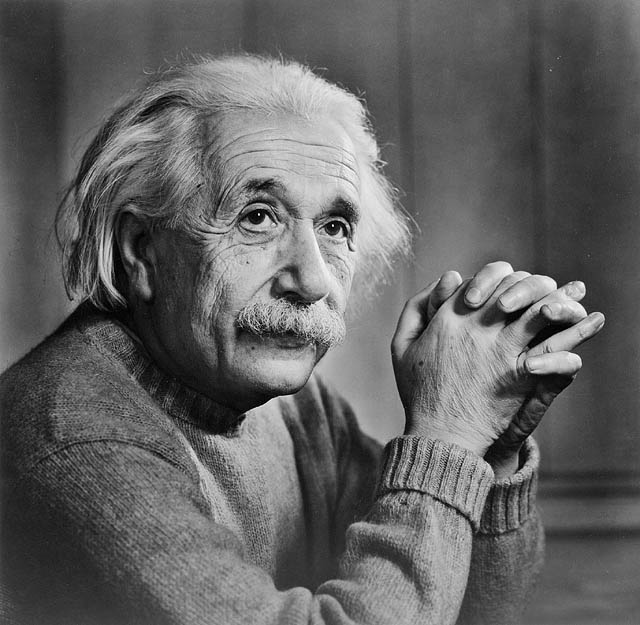Significance and Applications
Influenced by Euclid's Elements
 (f)
(f) | Section | Description |
| Video Presentation | This video presents Euclid's Elements and other history.(g) |
| Lincoln | This is a scene from the movie Lincoln.(h) |
 (i)
(i) Application and other Branches of Proof
Logic is a more precise science of formal principles of reasoning or correct inference. Aristotle is believed to have been the instigator of logical thought. Mathematical logic can be divided into the fields of set theory, model, theory, recursion theory and proof theory. It is through logic that many theoretical computer science applications have been advanced. Logic and deductive reasoning not only branches through geometry but also into arithmetic and analysis. The purpose of logic is to ensure that consistency, validity, completeness, and soundness of an argument.(19)
Logic and the use of mathematical truth tables is specifically connected to Boolean algebra. These tables are used to correctly organize statements or Boolean variables and check the consistency when binary logical operators are implemented. This method works well in helping to take simple mathematical ideas and checking for the soundness of arguments. This not only branches out and is used in analysis of set theory but is also effective in discrete mathematics.
The field of logical structures branch into Semantics or the study of meaning this steps away from the strict mathematical world and looks at the relationship of words, symbols, and phrases. In this structure linguistics are broken down into simple rules and principles for organizing language and sentence structure. The proper arrangement of words and phrases are known as syntax. Syntax refers to the grammatical structure or code of language whereas semantics deals with the meaning assigned to the symbols, characters and words. Obviously this structure is recognized not only in study of oral languages but also in the field of computers.(20)
One last way of looking at how Euclid'ss Elements has influenced other fields of learning would be the modern scientific method. Although many sciences rely on experimentation and inductive reasoning. The organization, formal and simplistic model has influenced scientists throughout the Scientific Revolution. The recovery of ancient science texts such as Euclid's Elements and Optics inspired more modern scientist to test theorems, create new terminology, and formally organize their results.(21)
| Section | Description |
| History and Background | This section of the wepage introduces Euclid, who influenced him, Elements, and questions that arise from Elements. |
| Significance and Application | This section addresses the influnce of Elements and applications into other fields of study. |
| Explanation of Mathematics | This section looks at how Elements is organized, explains inductive and deductive principles, and provides a few examples of proofs |
| References | This section provides the references cited in this webpage. |